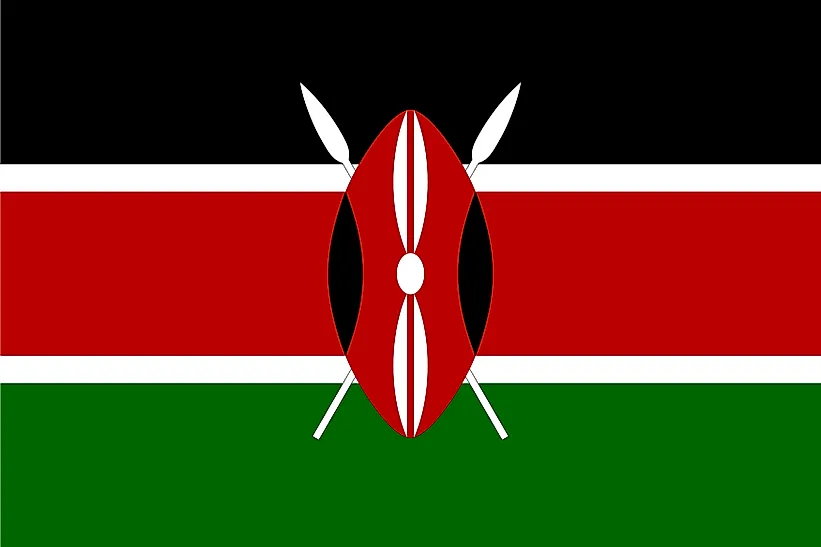
Kenya
| Continent | Africa |
| Capital | Nairobi |
| Population | 46,790,758 |
| GDP | $153.00 Billion |
| GDP per Capita | $3,400 |
| Dialing Code | +254 |
| ISO Code (2-letter) | KE |
| ISO Code (3-letter) | KEN |
Kenya Landscapes






About Kenya
Welcome to Kenya, a nation where ancient traditions meet modern progress in East Africa. With approximately 54 million people occupying 580,367 square kilometers, Kenya combines remarkable wildlife heritage with diverse landscapes and cultures, standing as a leader in African innovation and conservation.
Geographic Features and Natural Beauty
Kenya’s geography encompasses extraordinary diversity, from the Indian Ocean coastline to the snow-capped peak of Mount Kenya. The country features dramatic landscapes including the Great Rift Valley, vast savannas, and dense forests.
The landscape includes the Maasai Mara National Reserve, famous for the annual wildebeest migration, and Lake Victoria, Africa’s largest lake. The country’s varied topography creates multiple climate zones, supporting some of Africa’s most diverse wildlife populations.
Protected areas include 23 national parks and 28 national reserves, with notable sites like Amboseli National Park, famous for its elephant herds against the backdrop of Mount Kilimanjaro, and the Tsavo parks, Kenya’s largest protected area.
Cultural Heritage and Traditions
Kenyan culture represents a vibrant mosaic of over 40 ethnic groups, each with unique traditions and customs. The country’s heritage includes the Maasai warriors, Swahili coastal culture, and numerous indigenous communities preserving ancient ways of life.
Traditional arts include distinctive beadwork, wood carving, and textile arts. Music and dance traditions vary by region and ethnic group, while traditional ceremonies mark important life events and seasonal changes.
Kenyan cuisine features diverse regional specialties, from coastal seafood dishes to highland agricultural products. The tradition of sharing meals and the significance of community gatherings remain central to social life.
Historical Journey
Kenya’s history spans from early human origins through various historical periods to independence in 1963. The country’s territory includes some of the earliest human fossil discoveries, making it crucial to understanding human evolution.
Significant periods include the development of coastal Swahili city-states, British colonial rule, the Mau Mau uprising, and post-independence development. Kenya’s role as a regional economic and political leader has shaped its modern identity.
Modern Economic Landscape
Today’s Kenyan economy is East Africa’s largest and most dynamic, combining agriculture, tourism, and technology sectors. The country has become a regional hub for financial services and technology innovation, earning the nickname “Silicon Savannah.”
Recent initiatives focus on digital transformation, renewable energy, and infrastructure development through programs like Vision 2030. Kenya’s mobile money innovation, M-PESA, has revolutionized financial inclusion across Africa.
International Relations and Global Position
Kenya maintains significant diplomatic influence while serving as a regional stability anchor. The country hosts the United Nations Office in Nairobi (UNON), the only UN headquarters in the Global South.
Did You Know?
• Kenya’s Rift Valley has been called the “Cradle of Mankind” due to significant fossil discoveries?
• The country is home to the world’s only desert lake, Lake Turkana?
• Kenya’s runners have won more Olympic medals in middle and long-distance events than any other nation?
• The country pioneered mobile money transfers with M-PESA, now used by millions across Africa?
Conclusion
Kenya represents a unique combination of natural heritage and modern innovation. From its wildlife-rich savannas to its tech-savvy cities, from its ancient cultures to its modern achievements, Kenya continues to evolve while preserving its diverse heritage. As it addresses challenges including climate change and economic inequality, Kenya remains committed to its role as an African leader in conservation and innovation while fostering sustainable development.